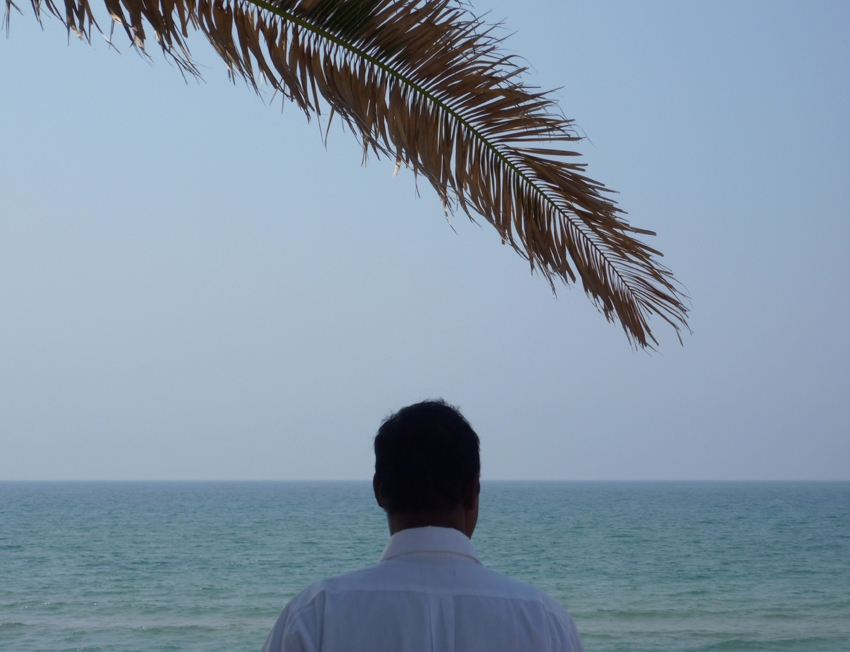Five years into the economic crisis, a new reality has begun to dawn for the people of Italy. While the Thatcherite concept that the creation of wealth by the highest economic classes will eventually benefit the poor is highly suspect, the inverse notion – that a fall in the wealth of the rich will adversely affect the impoverished – is well grounded. This slow ‘trickle down’ of the economic misfortunes of the wealthy has broken its dams and deluged everyone here, from the aristocratic class to the higher middle classes to the working and illegal immigrant classes. In the artworld, a squeezed middle class meets with a bewildered aristocracy as both look at each other in search of a way out of a dire situation.
As one Rome gallerist explained, the first three years of the crisis were dealt with best by those gallerists who had invested in the last years of the economic boom. They were able to benefit from relationships built in that time and continue selling to collectors who had not yet felt the full impact of the crisis themselves. Yet over time the money has dried up. Speculation two years ago that a major Milanese gallery would move to Rome has turned around, as both C02 and Furini Arte Contemporanea relocate away from Rome (to Turin and Arezzo, respectively), while the Gallery Apart, Frutta and T293 have all vacated Rome’s historical centre to seek cheaper rents.
This is a situation reflected across Italy, with academic departments cutting staff and foundations greatly reducing their programmes. Conversations around programming and potential collaborations frequently end with both parties (curator and gallery, artist and museum, etc) looking at each other and asking where the money will come from. With virtually no state funding for the arts, and Rome’s council in serious debt, the situation in Italy’s capital is a grave warning of what’s to come. At the grassroots level the seriousness of this crisis is now being felt like never before, as the natural lull in activity over the summer, which usually gives way to a frenzied restart of work activity, has instead plateaued. The appropriate description of the art scene would be of a piece of tumbleweed rolling across a barren landscape with no one present to witness it. It keeps turning, but to no effect. Its sole achievement is its own motion, which is one of conversations between players who are all equally perplexed about what to do next.
The art scene is a piece of tumbleweed rolling across a barren landscape with no one present to witness it. It keeps turning, but to no effect. Its sole achievement is its own motion
The recently opened ten-year anniversary show at Rome’s Monitor Gallery provides opportunity for reflection on precisely this question. Monitor’s decade in Rome’s centre has seen the biggest historical boom and bust in the local and national art scene ever witnessed. A gallery committed to showing international and Italian artists – Graham Hudson, Rä di Martino, Ian Tweedy and Guido van der Werve, among others – marked its anniversary with a solo show by the young Italian Antonio Rovaldi.
The exhibition comprises photos of the horizon taken on a cycle tour of Italy’s coastline and hung at eye level throughout the gallery’s two spaces, forming one continuous horizon line. Photos comprising only the horizon of the sea meet with the inclusion of statues, a wall, railway lines and other simple motifs, which, while different each time, form a unified continuum. The show breaks a tendency in Rome during the last two years to focus on irony and quick impactful conceptual pieces, these often drawing inspiration from London and Berlin. The selection of the Italian horizon as a contemplative motif draws – wittingly or not – on a fundamental issue for the survival of contemporary art here over the next ten years. In short, a Roman or, indeed, Italian scene must be outward-looking while retaining – or building upon – a fundamentally Italian experience. To look at the horizon is to look outwards at an unknown beyond, but to do it from a fixed position. It requires taking a stand with fidelity to one’s location while aspiring for change.
One Roman collector confided to me that the lesson of the crisis is that all ambitions have to be scaled back. We will not return to a previous point of productivity, but will have to settle for less in terms of levels of production and ambition. If this is the case, then a rejuvenated centre of production for the arts in Italy is essential, as opposed to investment in young foreign artists paired with a neglect of the particular history and situation of Italy itself.
This article was first published in the December 2013 issue.
